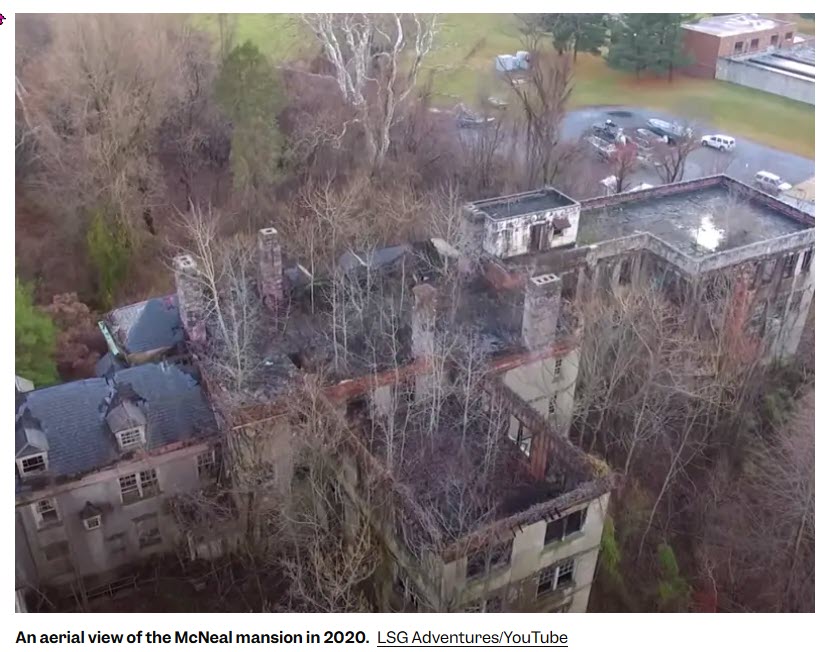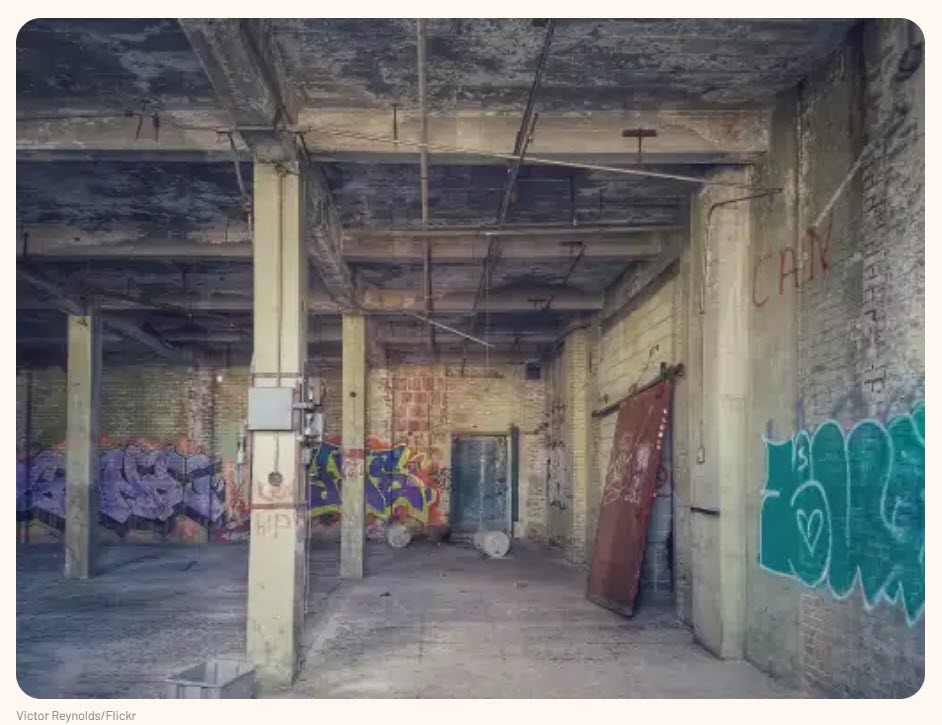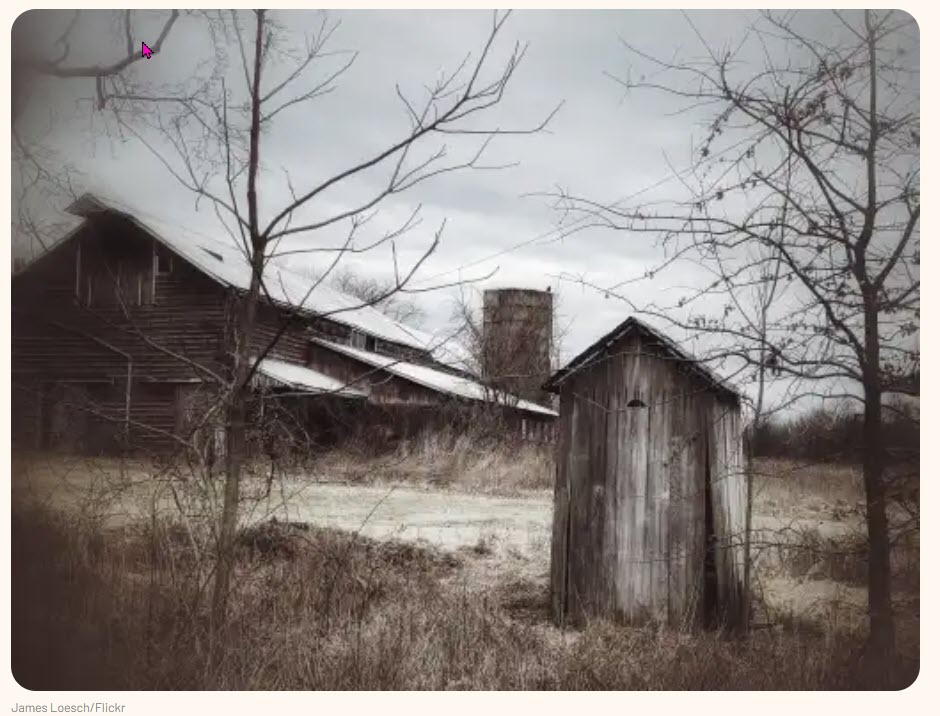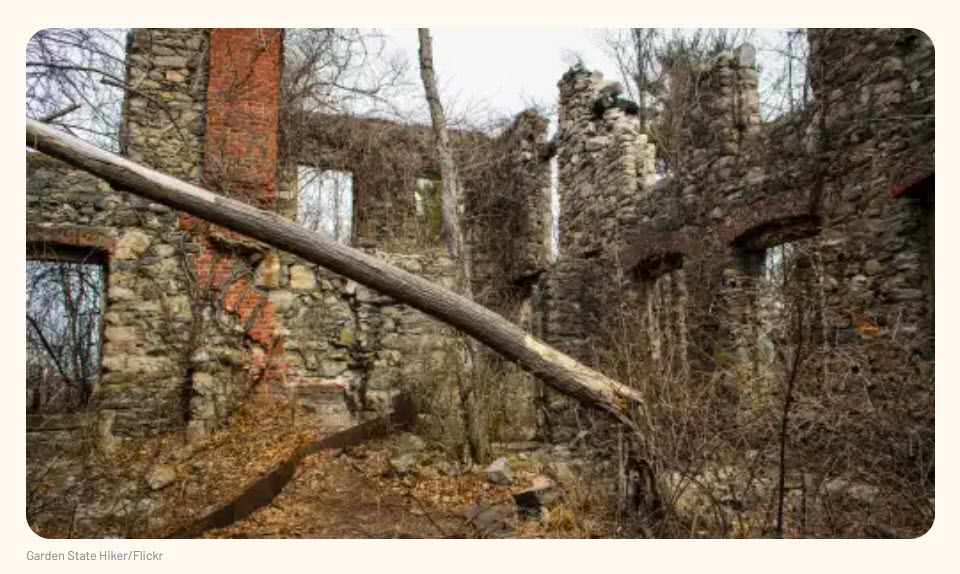
Scattered across the United States are countless abandoned homes and buildings, each with its own story to tell.
Here in New Jersey, we have no shortage of these hidden gems, quietly decaying and waiting to be rediscovered.
Though we may not see them every day, we know they exist—tucked away in overgrown fields, along forgotten streets, or deep in the woods.
Each abandoned place holds a piece of history, a memory of what once was, if only the walls could talk. Some are well-known landmarks, while others are more modest and unassuming.
Yet, they all share the same fate: slow decay, as nature reclaims what was once hers, turning these structures into part of the earth once again.
Andrew McNeal Mansion
Adjacent to the former site of the U.S. Pipe Company stands a magnificent mansion built in 1890 by the company’s founder, Andrew McNeal. Briefly serving as the company’s headquarters during the period just before World War II, this 10,450-square-foot estate was once the largest private residence in the country. Now listed on the National Register of Historic Places, the mansion has been abandoned since 1974 and has suffered significant fire damage. Though slated for demolition in 2015 due to its deteriorated state, recent discussions have sparked hope that part of the property might be transformed into a riverfront bed and breakfast. Restoration efforts would require millions of dollars. The site remains unsafe and is located on private property near state police barracks, where authorities have increased efforts to deter trespassers.
Plainfield:
This abandoned factory is tucked away in Plainfield. It’s been taken over by graffiti artists and now has a colorful coating to cover the creepy vibe.

Ringoes
This abandoned barn also has an outhouse and silo.

Ramapo
Ramapo Mountain Reservation once housed a beautiful castle, but this is all that remains of the structure today.

Weymouth Furnace – Weymouth
The ruins of Weymouth Furnace, nestled in a scenic public park, offer a unique glimpse into history alongside opportunities for hiking and paddling on the picturesque Egg Harbor River. Open daily from dawn to dusk, the site features a towering smokestack and remnants of a circa-1800 bog iron furnace. Once a bustling hub, it was home to a gristmill, sawmill, and blacksmith shop. While some structures are fenced off for safety, several historic features remain accessible to visitors, making it a perfect destination for history enthusiasts and nature lovers alike.
Toms River Abandoned Silos
Along 1st Avenue (near where it intersects 10th Street) in Toms River, there is something hiding behind the trees – over a dozen seemingly abandoned New Jersey silos, easily accessible by a short trail. Just a quick walk from the street, these structures are an urban explorer’s dream. Visitors can peek (or even climb) inside the silos for a very unique experience and spectacular photo opportunities. Little is known about the silos and only brief mentions of them in police blotters and planning board meeting minutes have been found. It seems that they were once used to store sand and crushed gravel. If you have any more information about the silos, please share.


